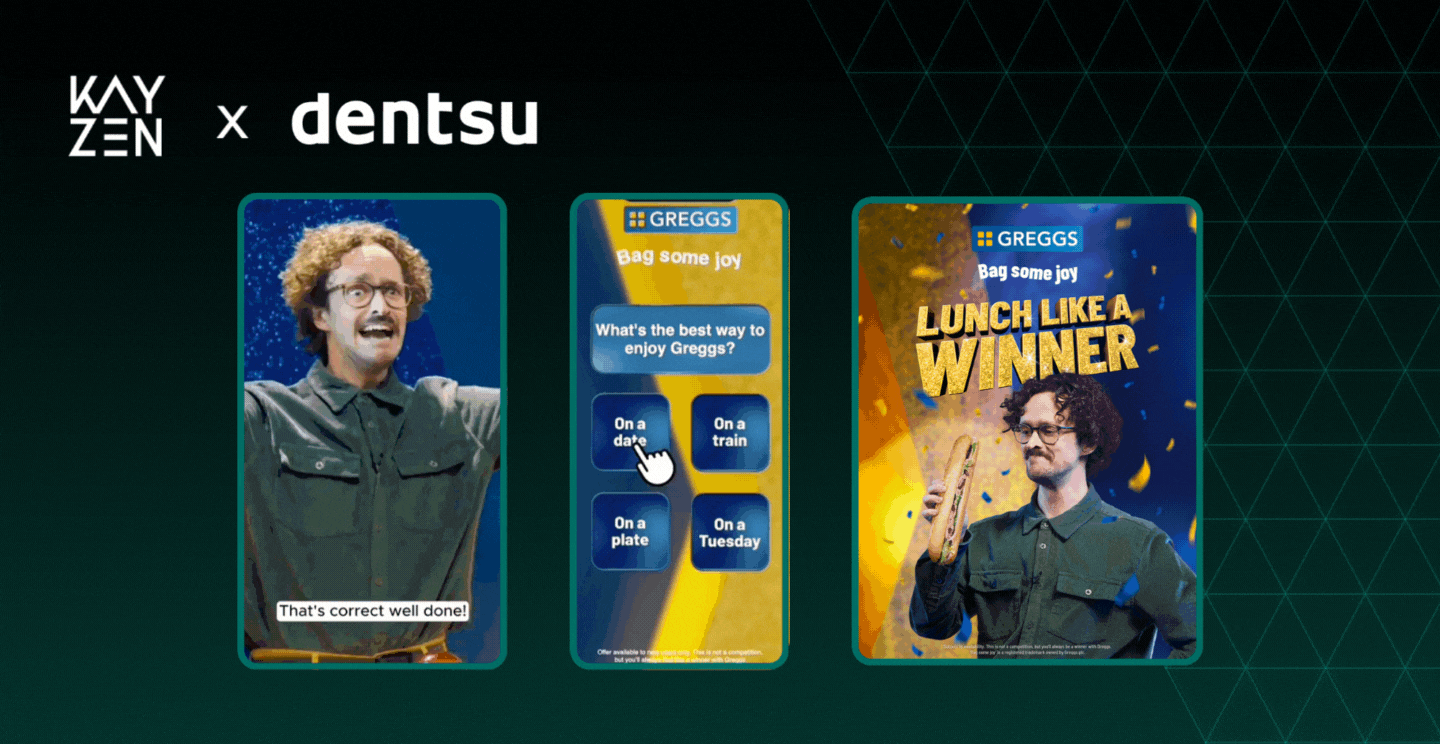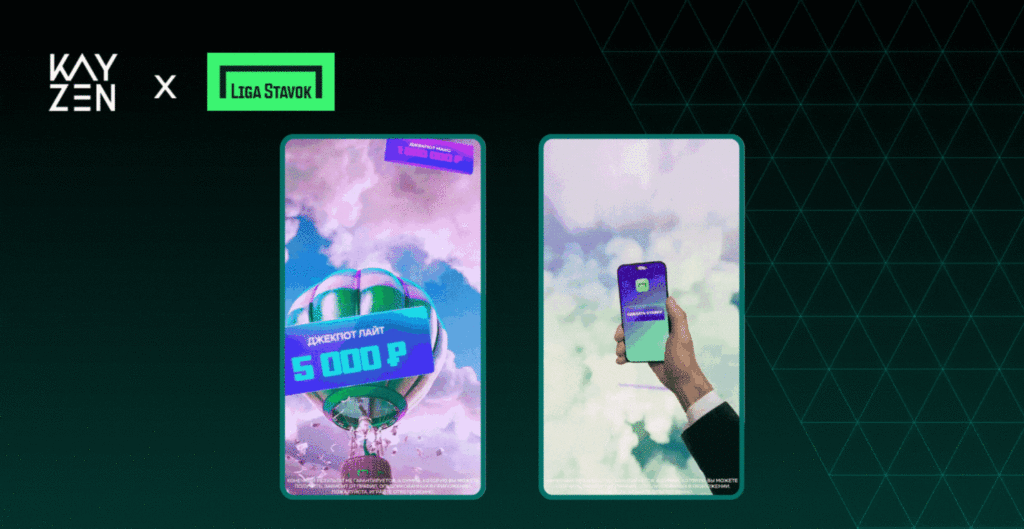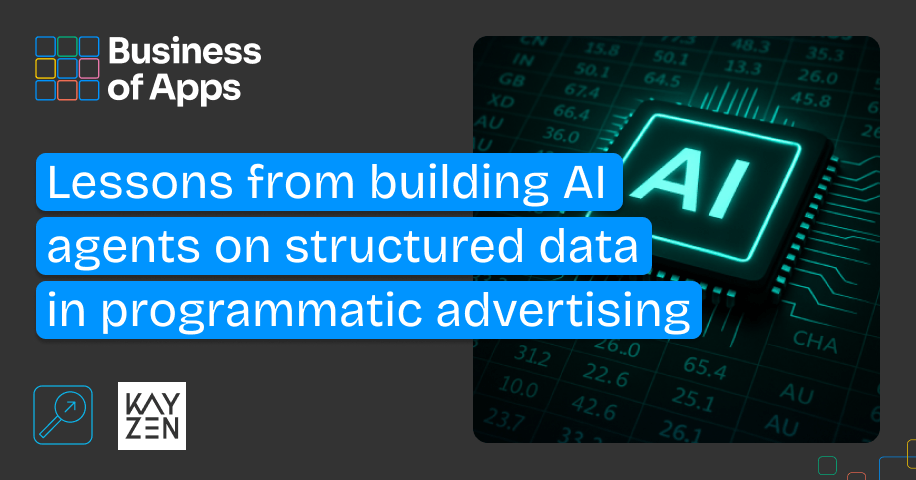Context
Greggs is a leading British food-on-the-go retailer with over 2,600 outlets nationwide. For 85 years, it has built a reputation for offering freshly prepared, great-tasting food. Known just as much for its sausage rolls as for staying culturally relevant, Greggs aims to increase both awareness and adoption of its apps in the UK.
Greggs and its media agency Dentsu, through its Mobile App & Gaming team, partnered with Kayzen to run a programmatic campaign focused on performance. From the start, the goal wasn’t just installs. Greggs and Dentsu aimed to grow in-app visibility, reach a wider audience, and do it all cost-efficiently.
Challenge
Greggs was looking to grow both awareness and usage of its mobile app. For many customers, the app is a way to earn rewards, access the latest Greggs news, and Click + Collect an order.
Greggs and Dentsu saw the opportunity to use programmatic to not only deliver installs, but also reach high-value audiences at scale. In-app video inventory alone offered access to millions of unique users in the UK, across both iOS and Android. The challenge was to tap into this scale while staying focused on performance.
The team aligned on three core goals:
- Drive cost-efficient installs below Greggs’ cost per install (CPI) benchmark
- Reach new users through broad in-app video exposure
- Engage audiences across the funnel without overexposing them
Approach
To deliver on both sides of the funnel, Greggs, Dentsu, and Kayzen built a campaign that worked smarter.
At the heart of the setup was Kayzen’s CPI algorithm. The algorithm helped identify the right inventory to drive installs efficiently, adjusting in real time as the campaign learned which placements and users were most likely to convert at an optimal cost. To keep reach efficient and prevent ad fatigue, impression capping was applied. This limited how often a user would see the ad, helping ensure that impressions were served to distinct mobile devices rather than repeatedly serving to the same ones. The result was a steady and healthy trend of unique users being reached across the campaign.
The team also implemented bid shading. This meant bidding just enough to win quality impressions, spending less when possible without losing delivery. It gave the campaign room to scale without pushing beyond its efficiency targets.
Creative mattered too. To connect with new users in a more engaging way, the team used Kayzen’s Video+ Quiz ad format. The creative concept was built to align with Greggs’ wider brand campaign that was live at the time, ensuring a consistent message across channels. After watching the video, users were prompted with short, interactive quiz-like questions. This interaction helped turn passive video ad viewing into active user engagement. It also unlocked extra data points that could be used for smarter retargeting down the line.

Video wasn’t just a creative choice for the campaign. It was a performance driver. Compared to static banners, video proved far more effective at reaching unique users, making it key to expanding awareness while staying on track.
Impact
The campaign delivered strong results across the funnel.
Over the course of three months, the campaign reached ~20M unique users, with 23% of all impressions served to unique (new) user devices. This reflected the success of impression capping and targeting strategies in avoiding overexposure and continuously introducing the brand to fresh audiences.
Video+ formats played a key role. It proved 91% more effective than static ads at reaching unique users, requiring fewer impressions to drive broader visibility. The format not only boosted awareness but also created new opportunities for engagement through the quiz interaction.
On the performance side, the results were just as strong. The campaign drove over 5.7K app installs, with cost per install decreasing by 16% from Greggs’ original benchmark. CPI remained stable at this rate for the rest of the campaign, demonstrating consistent efficiency at scale. The campaign successfully brought more users into the Greggs App by pairing interactive creative with targeted delivery.





